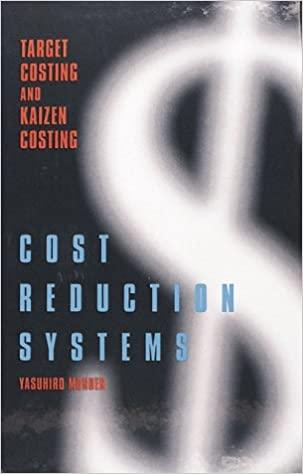Question
Clean Sweep Ltd. manufactures several different brands of vacuum cleaners, from hand-held models to built-in central vacuums. It sells its products to distributors across Canada
Clean Sweep Ltd. manufactures several different brands of vacuum cleaners, from hand-held models to built-in central vacuums. It sells its products to distributors across Canada on credit, giving customers 30 days to pay. During the year ending June 30, 2024, Clean Sweep recorded sales of $1,550,000. Clean Sweep has determined that the length of time a receivable is outstanding is the most appropriate credit risk characteristic for determining expected credit losses. At June 30, the company prepared the following aging schedule:
Receivable Amount Number of Days Outstanding Expected Rate of Credit Losses
$150,000 Less than 31 4%
$50,000 31 to 45 7%
$75,000 46 to 90 10%
$100,00 More than 90 25%
The Allowance for Expected Credit Losses had a credit balance of $19,000 before the year-end adjustment was made. Required
Prepare the adjusting entry to bring Allowance for Expected Credit Losses to the desired level. Clean Sweeps sales manager thinks the company would increase sales if it extended its normal collection cycle to 60 days from its current 30 days. Should the president accept or reject this recommendation? Why? What factors should be considered in making this decision? What suggestions would you make regarding Clean Sweeps management of its accounts receivable?
Step by Step Solution
There are 3 Steps involved in it
Step: 1

Get Instant Access to Expert-Tailored Solutions
See step-by-step solutions with expert insights and AI powered tools for academic success
Step: 2

Step: 3

Ace Your Homework with AI
Get the answers you need in no time with our AI-driven, step-by-step assistance
Get Started


